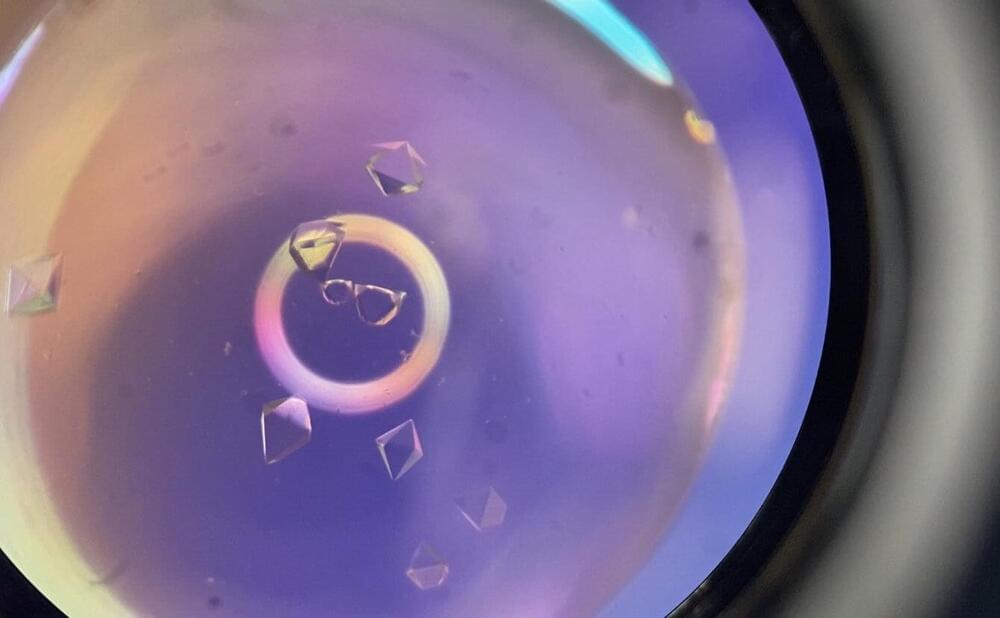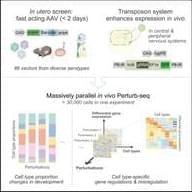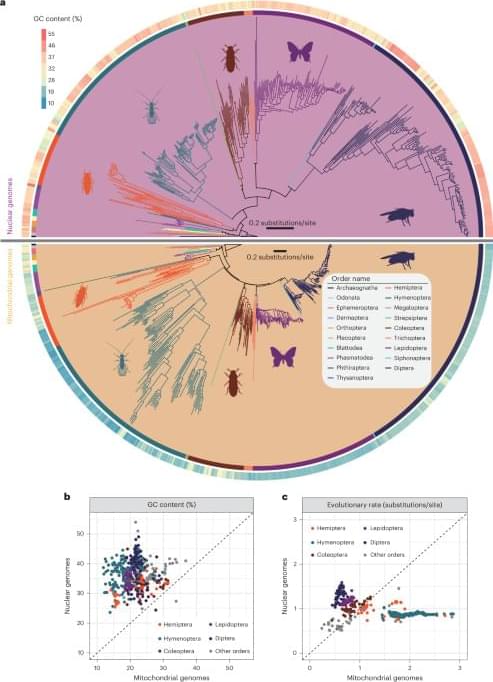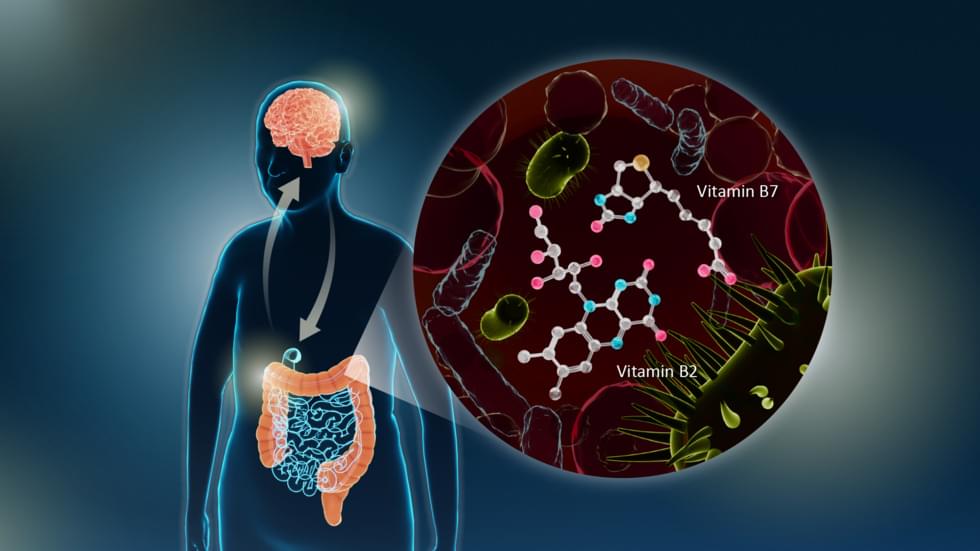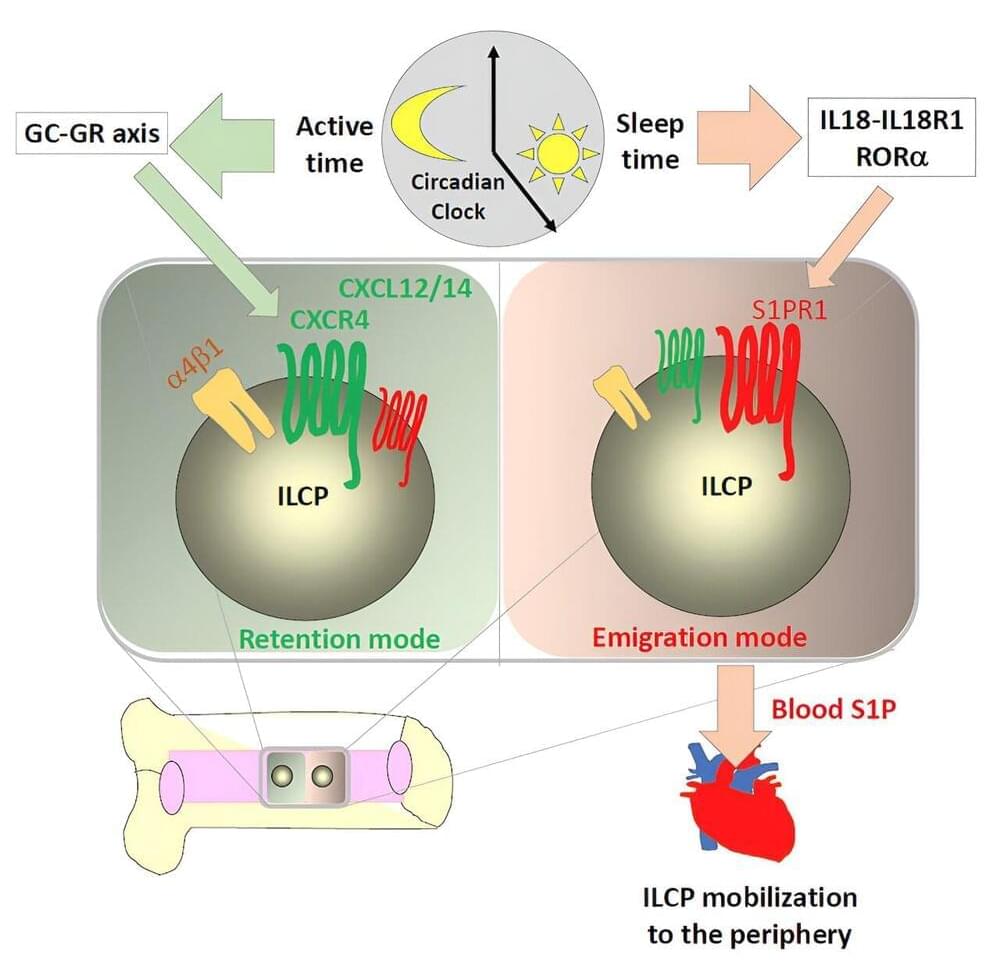Yes, we wish it were quicker too.
In this short video Dr. David Sinclair discusses the progress made with the new glaucoma treatment and upcoming human trials. Also, the timeline for potential availability of the treatment and reverse aging molecules which his company Metrobiotech is working on.
Please note that the links below are affiliate links, so we receive a small commission when you purchase a product through the links. Thank you for your support!
=*=*=*=*=*=*=*=*=*=*=*=*=*=*=*=*=*=*=*=*=*=*=*=*=*=*=*=*=*=*=*=*=*=
🔶 Nuchido Time+ Supplement FIRST ORDER 20% OFF Code : REVERSEAGING20
Restore Our Cells Ability To Make NAD Like When We Were Young https://www.nuchido.com/REVERSEAGING
💧Fatty15 Supplement 20% OFF Discount Link *~ https://fatty15.com/SFGBQD7P
~*~ ProHealth, DoNotAge, RenueByScience~*~ Discount Coupon CODE: REVERSE
